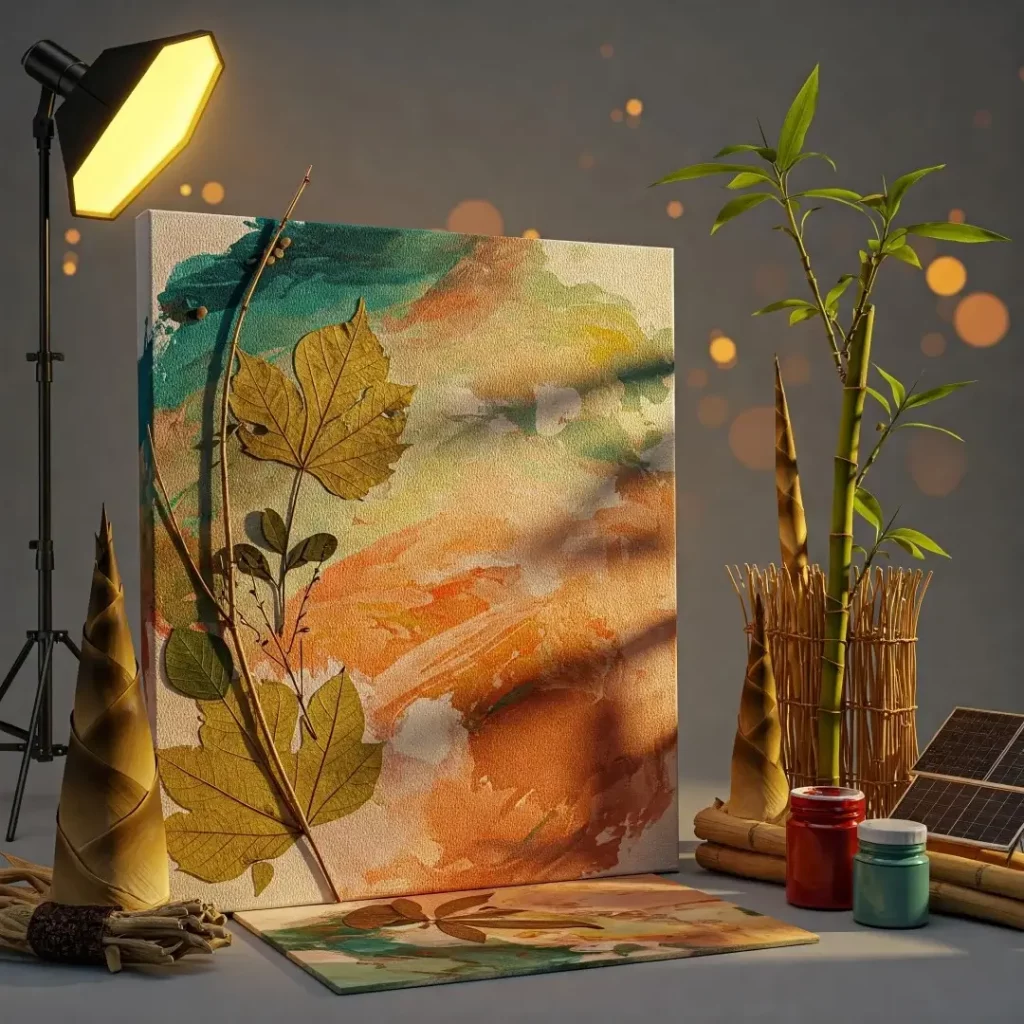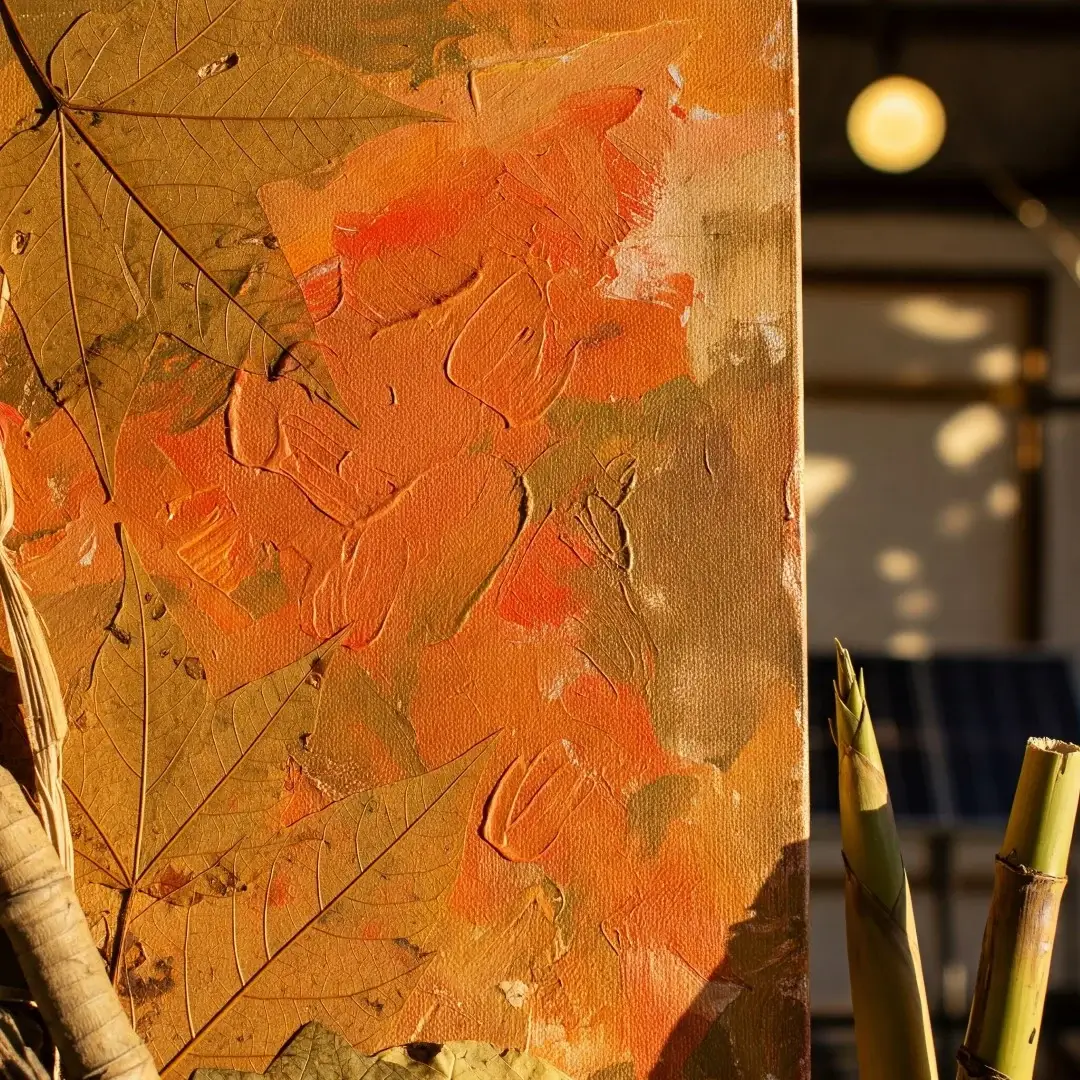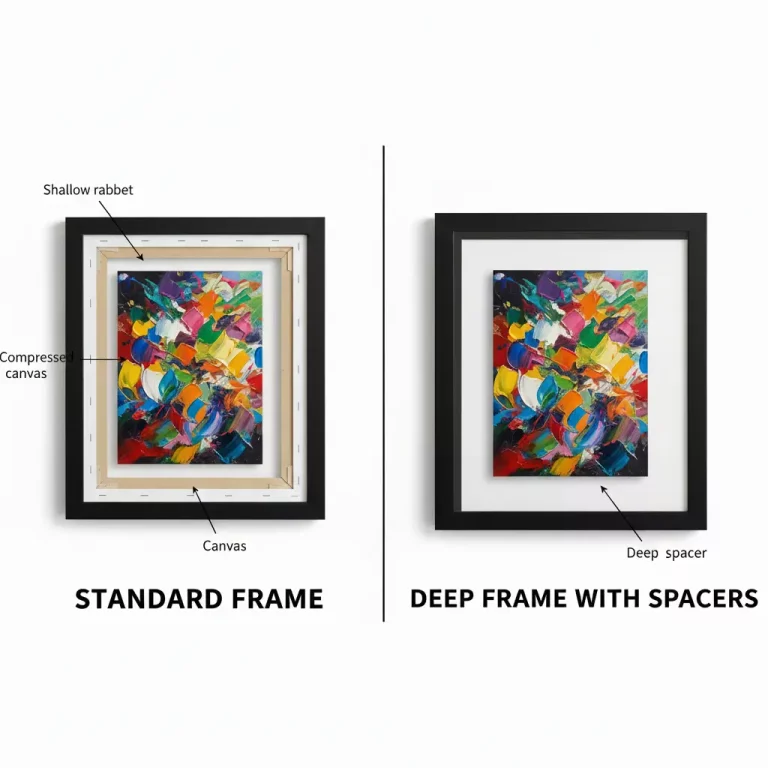Every aspect of our life, from the food we eat and the products we purchase, has been scrutinized as we collectively become aware of our environmental responsibility. The same is true for art. Eco-conscious buyers and creators are driving the trend toward sustainable living by introducing environmentally friendly products without compromising creativity or beauty.
The environmental impact of traditional materials of art raises questions about how artists and consumers could make sustainable choices. The good news? The future is brighter and more promising than ever for sustainable canvas art, as innovative materials and practices are redefining the landscape.
This blog explores the trends in eco-friendly canvas art that will dominate 2025. It also provides tips and tricks for artists and buyers who want to make conscious choices. You’ll be able to take actionable steps towards supporting and participating in the eco-friendly art world by the end of this blog.
In 2025, sustainable canvas art will be on the rise.
Why has sustainability become a major focus in the arts? Consumer demand is the simple answer. The studies have revealed a shift in consumer buying habits towards eco-conscious products. A staggering 64% are willing to pay a premium for these sustainable products. This trend is impacting industries everywhere, including the art world.
Artists, galleries and art lovers are increasingly recognizing that environmental responsibility and creativity are not mutually exclusive. Sustainable canvas art has become a symbol of innovation and social responsibility. It shows that you don’t have to compromise quality in order to purchase or create art that is good for the environment.
What makes canvas art sustainable?
Making or purchasing sustainable canvas art requires making thoughtful choices about the materials and processes. These are the key factors that define eco friendly canvas art.
1. Eco Friendly Canvases
Sustainability canvases are made from organic, recycled, or biodegradable materials, such as:
- Cotton Organic– Produced without harmful chemicals. This makes it safer for the planet and more sustainable.
- Hemp is naturally strong and durable, and requires fewer resources.
- Polyester Recycled– Made of upcycled industrial wastes or post-consumer materials.
You can find certifications such as Global Organic Textile Standard (GOTS) to ensure that your textiles are organic and ethical.
2. Water-based and non-toxic paints and inks
Paints and inks that are traditionally used to print and paint produce high levels of volatile compounds (VOCs) which contribute to air pollution. Choose:
- Paints/Inks Based on Water– Safer Ingredients and Minimal Environmental Impact.
- Alternatives Based on Soy– Biodegradable and renewable alternatives that compete with conventional inks.
3. Sustainable Frameworks
Framing is often overlooked, but it can have an important environmental impact. Choose frames made of:
- Reclaimed Wood– Reclaimed wood is a beautiful alternative to buying new materials.
- bamboo– A quickly renewable resource, durable and stylish.
Create Eco-Friendly Canvas Arts

Here are some tips to help you create sustainable masterpieces as an artist.
Find Eco-Friendly Material
Look for environmentally-conscious brands that produce high-quality, sustainable paints, canvases and inks. Consider, for example:
- Eco Paints is a water-based product range.
- Earth-Friendly canvas offers a reliable choice of recyclable and biodegradable material.
Reduce Waste
Start by designing your concept digitally before you commit to any materials. This reduces the chance of wasting canvas or paint.
Use Renewable Energy
Solar power is a great option for studios. Choose energy-efficient equipment to reduce your studio’s carbon foot print.
Recycled Materials
Make upcycled art and be creative. Use recycled paper to create mixed media or add natural materials such as pressed leaves and flowers.
Why choose water-based and recyclable materials?
Environmental Benefits of water-based Paints
Paints that are traditionally used contain toxic chemicals which emit VOCs and pollute the air indoors and outdoors. Water-based paints have many benefits, including:
- Lower VOCs– safer for artists, buyers and the environment.
- Easy Cleaning They reduce water contamination because they do not require harsh solvents.
Circular Economy Support
By reducing landfill waste, using recyclable materials for canvases and packaging supports the circular economy. This collective effort encourages resource innovation and a cleaner environment.
Top Trends for Eco-Friendly Canvas Art in 2025
1. Abstract Art using Biodegradable Inks
Artists who are environmentally conscious use biodegradable inks for stunning abstract art. These inks are fluid and unpredictable, allowing for stunning designs that balance chaos with control.
2. Earthy Color Palettes
Earthy tones such as terracotta and moss-green, along with sandy beige, are dominating sustainable art. These palettes are warm and give a feeling of connection to our planet.
3. Create Custom Art from Upcycled Materials
Artists transform discarded materials, such as wood scraps and metal, into bespoke, one-of-a kind pieces. They offer buyers a unique tale behind each canvas.
4. Digital-to-Physical art
To reduce waste, artists are starting their designs digitally before transferring them to canvas. This trend is perfectly aligned with sustainability and ensures precision in the final product.
5. Collaborations that support sustainability
The number of collaborations between eco-conscious charities or brands and artists is growing. These partnerships donate the proceeds of their sales to environmental causes.
How to shop for canvas art responsibly
Follow these tips for buyers who want to make thoughtful purchases to ensure that your next purchase aligns with your own values.
Do Your Research
Buy only from brands or artists who are committed to sustainability. You can look for eco-certifications like FSC or GOTS when buying organic textiles.
Support local artists
Local purchases reduce transportation carbon emissions, and they also support your local economy. Find artists at eco friendly art fairs and local galleries that showcase sustainable works.
Verify Limited-Run Pieces
Small-run or limited edition productions encourage responsible consumption through reduced waste and minimal material usage.
Avoid Greenwashing
Beware of vague terms such as “eco-friendly”, “natural” and “green”. To ensure you are buying authentic sustainable items, ask questions about the sourcing of materials and certifications.
With Every Strike, Help the Planet
Sustainable canvas art won’t be a trend in 2025. It’s an ongoing movement that blends creativity with action to combat climate change. Your choices, whether you’re shopping responsibly or creating sustainable masterpieces, help shape the future of art and protect the environment.
Every decision we make, from organic materials to upcycling techniques, contributes to a better world. What will you be most excited about in 2025 when it comes to eco-friendly art? Comment or connect to us on Facebook and Twitter with your thoughts.





